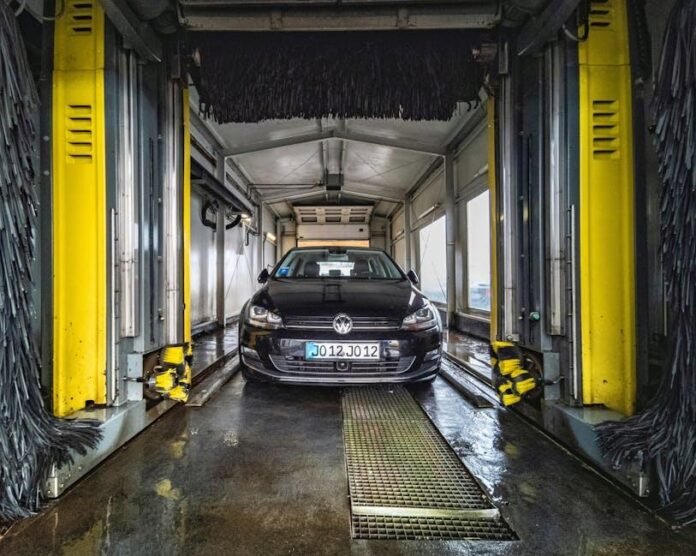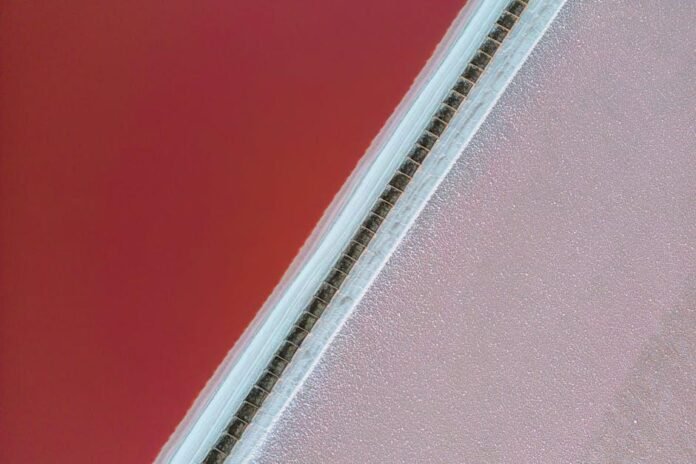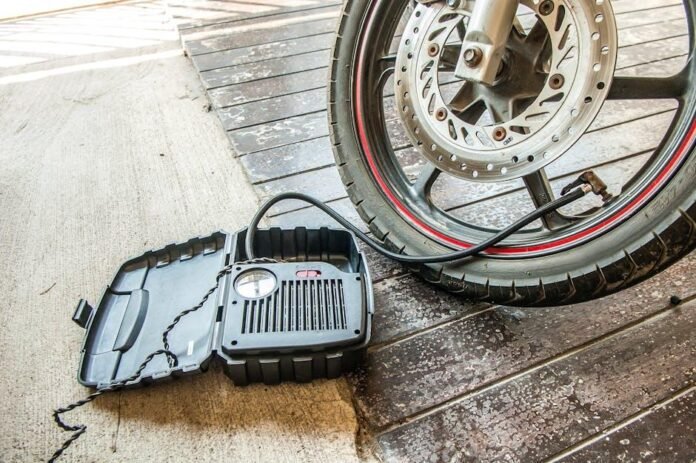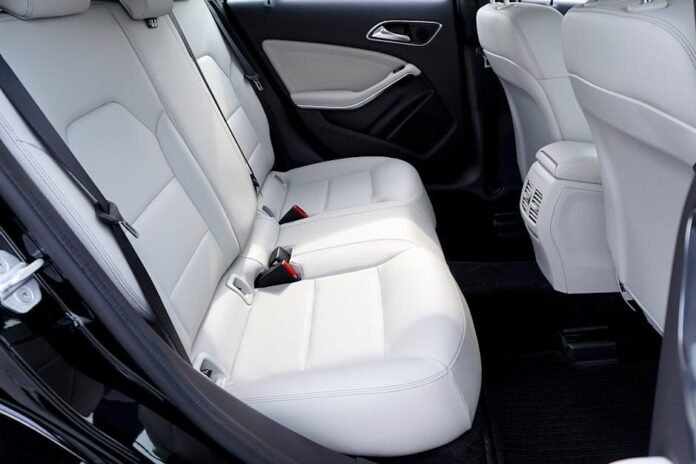As the sun sets over the bustling streets and the sounds of city life fade into the background, one of the all-too-common sights is a line of cars eagerly waiting their turn at the local automatic car wash. In a world where convenience often takes precedence over tradition, automated wash systems have emerged as a popular solution for keeping vehicles clean and shiny. But amidst the fast suds, high-speed brushes, and glittering rinse cycles lies an significant question for car enthusiasts and everyday drivers alike: is this modern approach to car care really safe for your paint? In this article, we’ll delve into the mechanics of automatic car washes, examining their benefits and potential risks, all while providing insight that will help you decide whether to embrace the convenience or opt for the gentler touch of hand washing. So, buckle up as we explore the intersection of innovation and preservation in the realm of automotive grooming.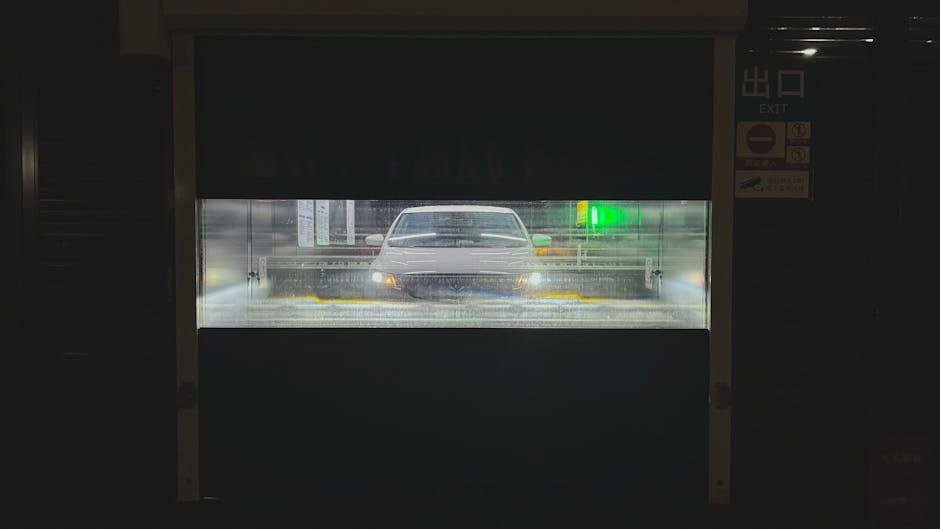
Understanding the Risks: How Automatic Car Washes Impact Your Vehicle’s Finish
When considering the safety of your vehicle’s paint, a few essential factors come into play that can definitely help gauge the potential risks associated with automatic car washes.While these convenient services may save time and effort, the methods and materials they employ can sometimes do more harm than good. Brushes, frequently enough used in older models, are notorious for trapping dirt and grime, which can create micro-scratches or swirl marks on your vehicle’s finish. Moreover, some facilities employ harsh chemicals that, while effective at removing dirt, can strip away protective coatings like wax or sealants, leaving the paint vulnerable to environmental damage.
Understanding the differences within automatic car wash systems is crucial. Not all washes are created equal, and there are certain practices and technologies that can mitigate risks substantially. Some benefits of touchless car washes include:
- Less contact: They minimize the likelihood of physical abrasions by using high-pressure water jets.
- better for sensitive finishes: Suitable for newer vehicles with delicate paint jobs.
- Environmentally conscious: Many modern systems use biodegradable soaps that are less harmful to your vehicle and the surroundings.
To help you make an informed choice, here’s a quick comparison of common types of automatic car washes:
| Car Wash Type | Advantages | Disadvantages |
|---|---|---|
| Brush Wash | Thorough cleaning | Risk of scratches and swirl marks |
| Touchless Wash | Minimizes contact, safer for paint | May not clean as effectively |
| Soft Cloth Wash | Gentle on surfaces | Potential for trapped dirt in materials |
Being informed about these aspects can help you protect your vehicle’s finish while still enjoying the convenience of automatic car washes. Ultimately, conducting research on local facilities and understanding their practices will allow you to strike a balance between maintaining your car’s aesthetic appeal and ensuring its longevity.

Choosing the Right Type of automatic car Wash: A Guide for Car Owners
When it comes to keeping your vehicle in pristine condition, selecting the ideal type of automatic car wash is pivotal. There are several options available,each designed to cater to different needs and preferences. Here’s a quick overview of popular types:
- Touchless Car Wash: Utilizes high-pressure water jets and specialized detergents to clean without physical contact, minimizing the risk of scratches.
- Brushless Car Wash: Employs soft cloth materials that are less abrasive than traditional brushes, making it a great alternative for paint protection.
- Traditional Car Wash: Features rotating brushes that can effectively remove grime but may pose a higher risk of swirl marks on delicate finishes.
- Self-Service Car wash: Provides do-it-yourself options where you can manually control the washing process, giving you complete oversight.
To further assist you in making an informed decision, consider the following comparison of each type:
| Car Wash Type | Risk to Paint | Effectiveness |
|---|---|---|
| Touchless Car Wash | Low | High |
| Brushless Car Wash | Medium | Medium-High |
| Traditional Car Wash | high | High |
| Self-Service Car wash | Variable | Variable |
When choosing among these options, it’s essential to consider your vehicle’s specific needs, how frequently enough you wash it, and your sensitivity to potential paint damage. Each wash type has its strengths and weaknesses; evaluate them based on your priorities to find the best match for maintaining your vehicle’s aesthetic appeal.
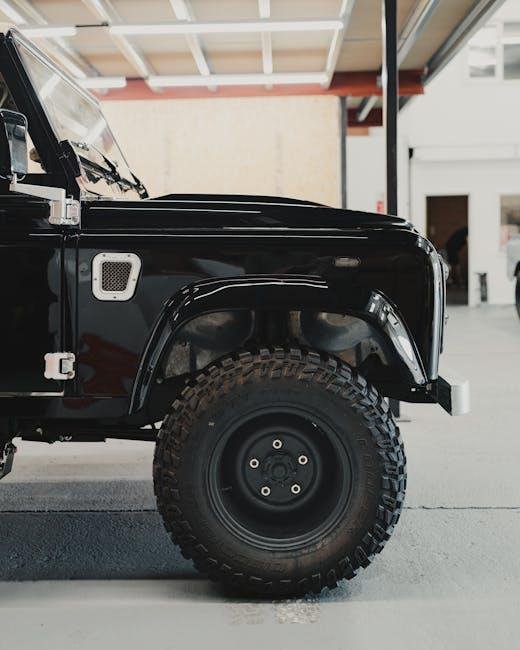
Protective Measures: How to Safeguard Your Car’s paint during Washes
when it comes to maintaining your car’s paint during washes, taking specific precautions can make a world of difference. First and foremost, always choose a high-quality wash product that is pH-balanced and free from harsh abrasives. This ensures that the protective clear coat on your vehicle remains intact while providing a thorough clean. Furthermore, consider using a touchless wash system whenever possible, as this eliminates the risk of brushes or cloths causing micro-scratches on the surface of your paint.
Along with selecting the right wash method, regular maintenance is crucial for paint protection. Here are some essential practices you can incorporate into your routine:
- Waxing: Apply a high-quality wax or sealant every few months to create a protective barrier against contaminants.
- Full detailing: Schedule periodic professional detailing to remove embedded dirt and enhance the shine.
- Pre-wash treatment: Use a pre-wash spray to break down grime before the wash, reducing scrubbing needed.

Beyond the Wash: Post-Cleaning Care Tips for Optimal Paint Preservation
once your vehicle has emerged from the automated wash, it’s essential to give it some post-cleaning care to keep that freshly polished appearance intact. To ensure your paint job remains in pristine condition, consider the following tips:
- Inspect for Residue: After washing, take a moment to check for any leftover soap or wax residue.A quick rinse can eliminate these remnants, which can dull the shine over time.
- Dry with Microfiber: Use a soft microfiber towel for drying to prevent water spots and swirl marks. It’s gentle on the paint and absorbs moisture effectively.
- Apply a Protective Wax: After drying, consider applying a layer of high-quality wax. This additional protection enhances shine and creates a barrier against harmful contaminants.
Moreover, maintaining your vehicle’s exterior goes beyond just the immediate aftermath of a wash. Consider implementing a regular maintenance schedule that includes:
- Routine Inspections: Regularly check for any chips, scratches, or damage, addressing them promptly to prevent rust.
- Clay Bar Treatment: Periodically using a clay bar can remove embedded contaminants and residues,leaving the paint smooth and ready for waxing.
- Park Smart: Whenever possible, park in shaded areas or use car covers to shield the paint from UV damage and tree sap.
To Conclude
the debate surrounding automatic car washes and their impact on your vehicle’s paint is a nuanced topic. While convenience and efficiency appeal to many car owners, it’s essential to weigh these benefits against the potential risks involved with certain types of washes. Understanding the equipment used, the cleaning agents applied, and your vehicle’s specific paint condition can definitely help you make an informed decision that safeguards your car’s finish.
Remember, regular maintenance—whether through hand washing or carefully selected automatic services—plays a crucial role in preserving your car’s appearance and value. The choice ultimately rests with you, but with the right knowledge and precautions, you can enjoy a sparkling clean vehicle without compromising its aesthetic allure. So,the next time you’re in need of a wash,consider all angles and proceed with a plan that aligns with your car care principles. Safe travels and happy washing!
